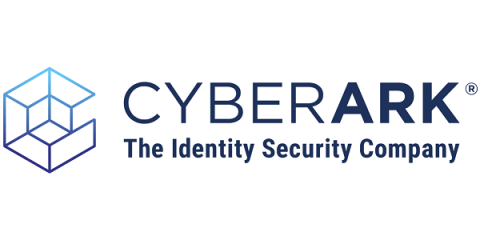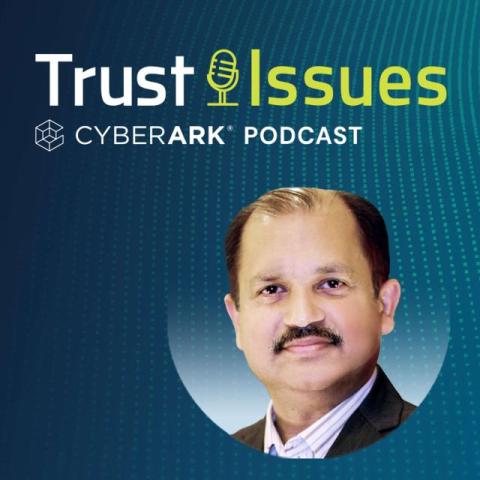Applying a 'Three-Box Solution' to Identity Security Strategies
Physical and network barriers that once separated corporate environments from the outside world no longer exist. In this new technological age defined by hybrid, multi-cloud and SaaS, identities are the perimeter. Any one identity—workforce, IT, developer or machine—can become an attack path to an organization’s most valuable assets.










